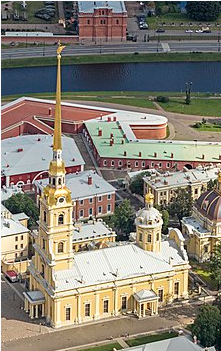Today’s resources put a lot of emphasis of the effect of media both on the people and the government. The article about Shnurov paints him as a chaotic neutral activist must like the writers of World War 2 era literature. In both cases their goals and ideals lined up with the government and promoted a co-operation that benefited the both of them. This cooperation stopped once the two groups stopped benefitting from each other. The image Putin attempted to portray as a leader was one of power and strength. The photo slideshow of Putin as well as the two pro-Putin music videos paint him as a glorious leader and a strong hand to lead Russia. As compared to Kompromat, Putin used the media as a positive tool, music being one of the most effective as it better hit the younger demographic coming to age in the post soviet era. As compared to Boris Yeltsin, Putin radiated ideals that Russia wanted in a leader and would not be pushed around or easily swayed. The willingness to give up certain human rights shows that more than anything, Russia wanted stability in these turbulent times. When Putin returned after Medvedev the tone had shifted. People now saw through the guise that Putin had put up and saw him as a liar and a cheat. Shnurov ideals had not changed, but they no longer lined up with the public’s idea of Putin and created dissonance between the two messages.
Discussion Questions:
What was it that drove the obsession with Putin similar to Stalin’s cult of personality? What are the similarities? What are the differences?
If Putin had not made it clear that he was intending to return to power and that he was basically behind Medvedev the whole time, would the turmoil that ensued have actually happened?
Is it clear whether or not Shnurov actually intended to be an advocate for Putin in the early stages or did it just happen?


